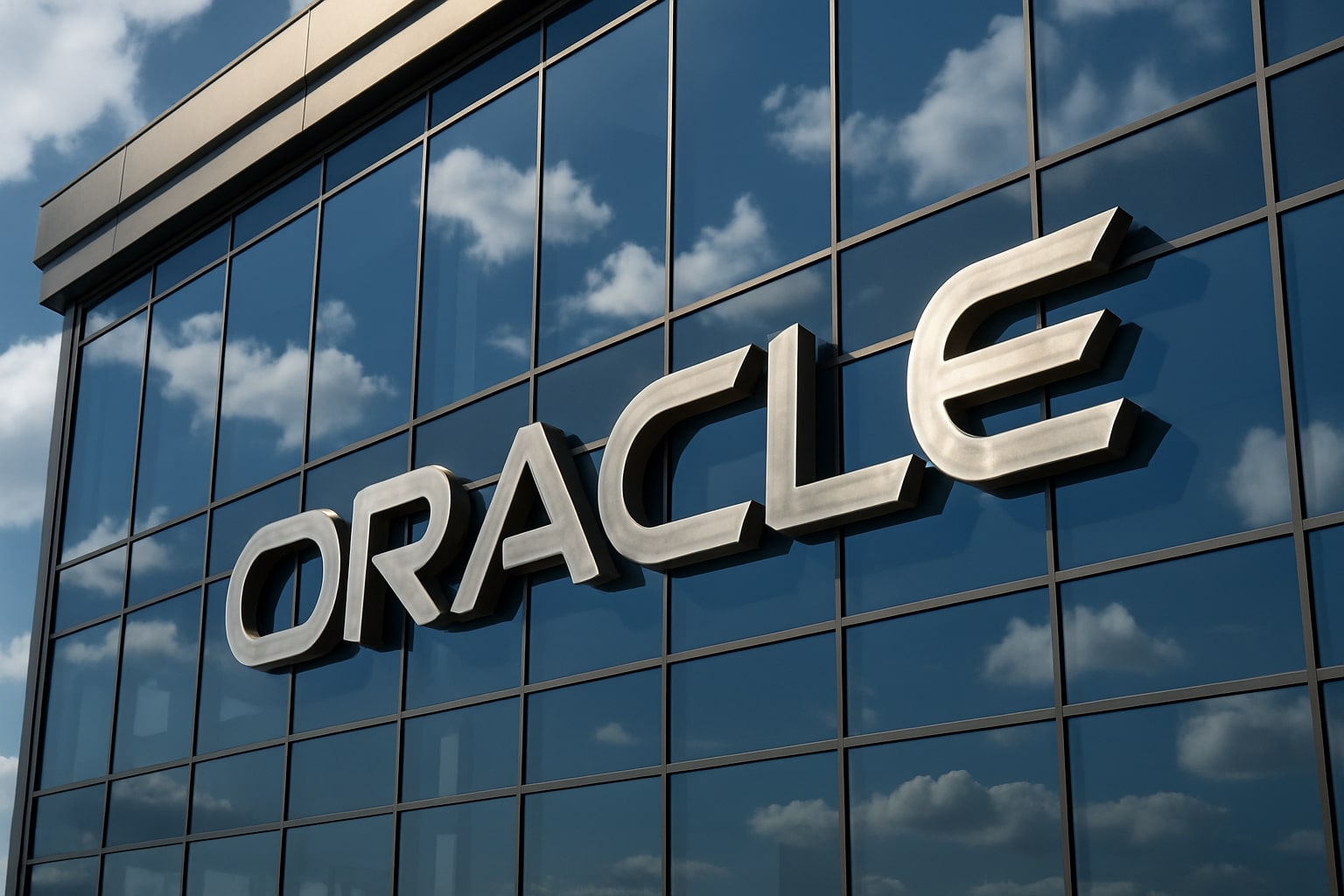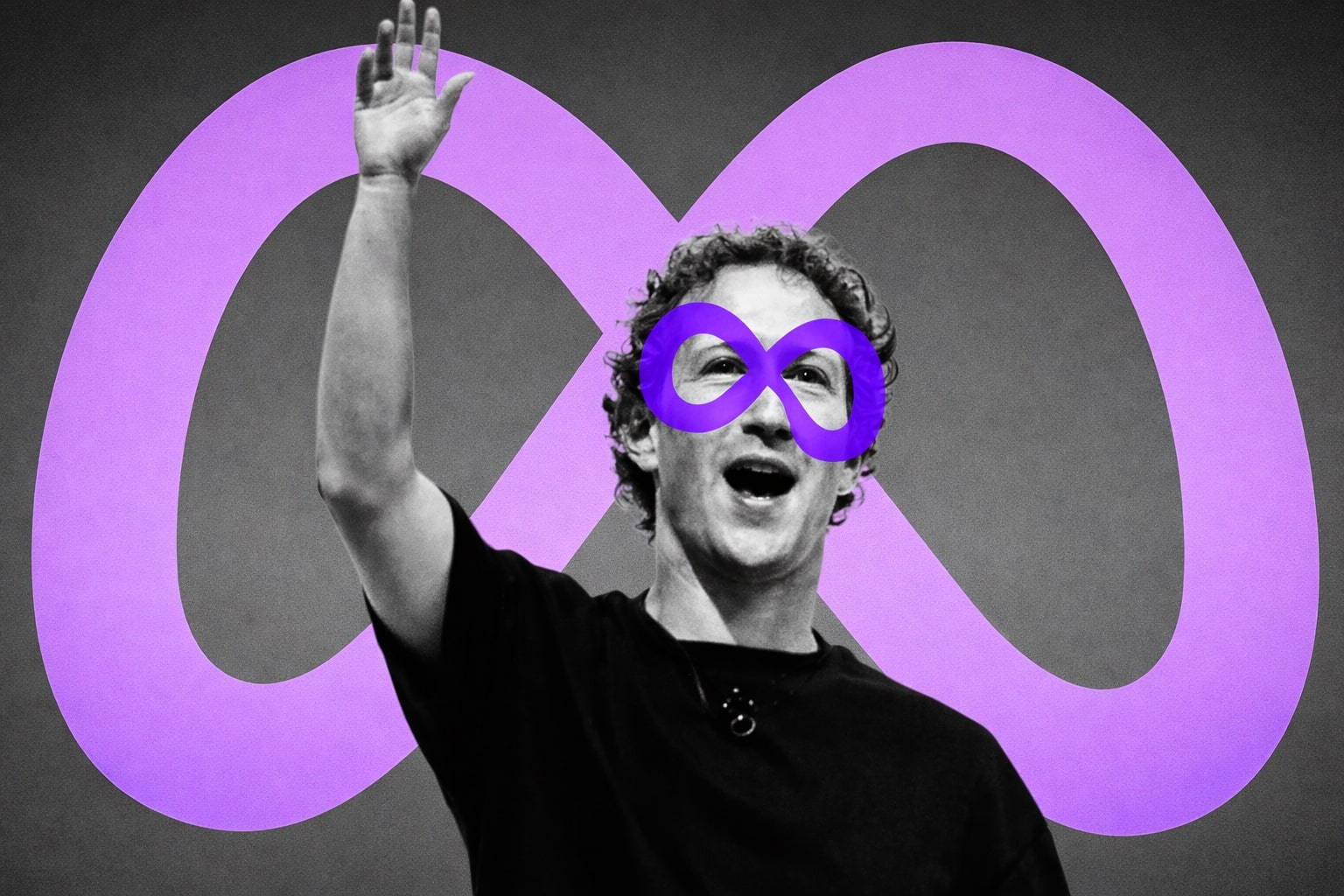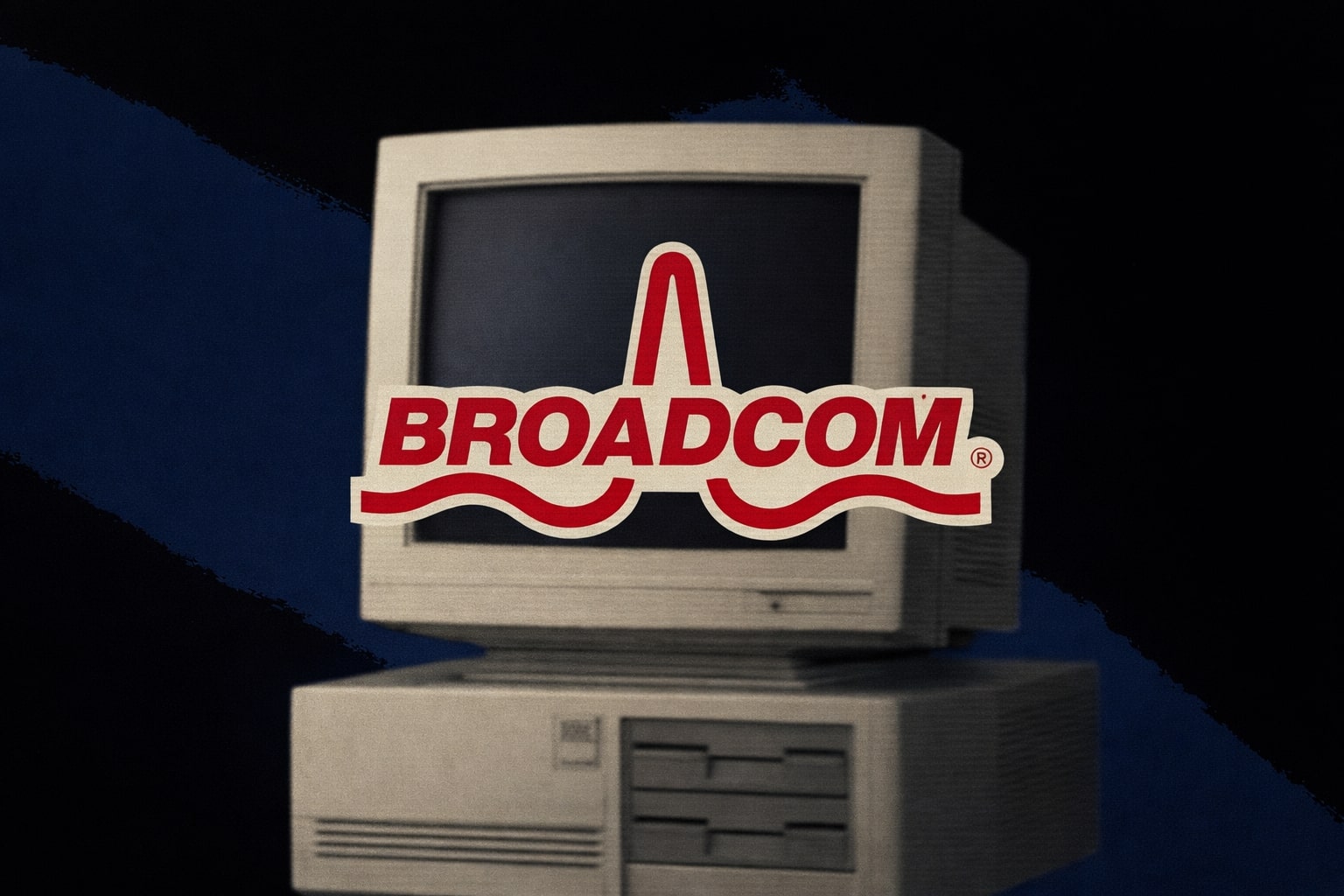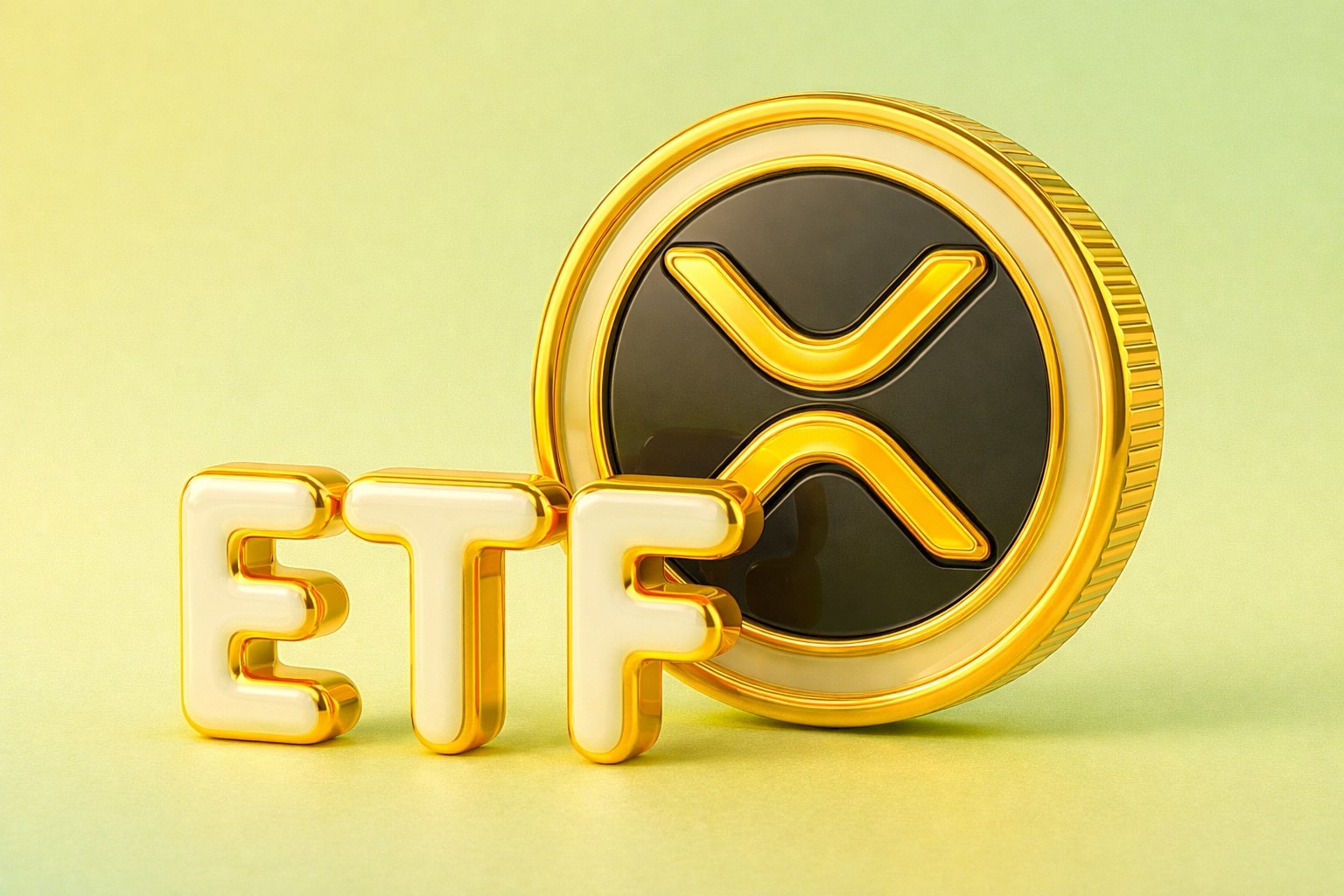
Oracle Stock Price Forecast: NYSE:ORCL Cloud Momentum and AI Push Drive $273 Target
ORCL backlog surges to $138B as cloud revenue grows 40% and Stargate project expands | That's TradingNEWS
Oracle (NYSE:ORCL) Stock Analysis: Cloud Backlog, AI Expansion, and Valuation at Crossroads
Strong Price Performance and Market Position
Oracle Corporation (NYSE:ORCL) closed at $232.80 on September 5, 2025, adding 4.39% on the session, with after-hours trading lifting it slightly to $233.29. Over the past year, ORCL has surged 64.95%, outperforming the S&P 500’s 17.77%. Its five-year return of 348.88% dwarfs the index’s 89.13%, placing Oracle among the elite group of software-infrastructure stocks driving the AI and cloud expansion trade. The stock remains below its 52-week high of $260.87, yet well above the $118.86 low, giving investors a wide trading band to gauge risk. Oracle’s market capitalization now sits at $653.9B, supported by a trailing P/E ratio of 53.64, a forward P/E of 34.48, and a PEG ratio of 2.43, numbers that highlight both premium valuation and investor expectations for continued hypergrowth.
Revenue Growth and Cloud Segment Momentum
Oracle posted $57.4B in revenue for fiscal 2025, up 8% year-over-year, with net income of $12.44B and an operating margin of 32.48%, slightly above its historical range. The growth is being fueled primarily by its cloud divisions. Infrastructure as a Service (IaaS) surged 51% YoY to $10.2B, while SaaS contributed $14.3B, a 10% increase. Altogether, cloud services and license support generated $24.5B, representing 74% of total revenue. While legacy license support slipped slightly to $19.5B from $19.6B, recurring subscription-based models provide visibility and resilience, with Oracle reporting that 33% of its Remaining Performance Obligations (RPO) will be recognized as revenue over the next 12 months.
Backlog and Remaining Performance Obligations
Perhaps Oracle’s most compelling metric is its $138B RPO backlog, up 41% year-over-year and guided to grow 100% in FY26, with cloud RPO specifically rising 56% on top of 80% growth the prior year. Nearly 80% of the total backlog is tied directly to cloud contracts, underscoring the company’s rapid transition from license-heavy revenues to cloud-first models. Management has emphasized that the Stargate project, a massive infrastructure expansion in partnership with OpenAI, could generate $30B–$60B annually, a transformative catalyst if executed successfully.
Capital Expenditure and Competitive Pressure
To maintain this momentum, Oracle has aggressively expanded capex, committing over $21B in FY25, with projections of $30B in 2026 and $40B in 2027. While this places short-term strain on free cash flow — which stood at just $678M over the trailing twelve months — it positions Oracle to compete directly with AWS, Microsoft Azure, and Google Cloud. These hyperscalers are spending at staggering levels, with Amazon at an annualized $118B capex run rate and Google lifting annual capex to $85B. Oracle’s strategy is to undercut pricing, with OCI estimated to be 57% cheaper than AWS and Azure, while also leveraging its deep enterprise database moat to create sticky client relationships.
Geographic Expansion and Stargate Catalyst
Oracle currently operates 23 live cloud regions with plans to expand to 70 regions, tripling its global footprint. The Stargate mega data center project in Texas is the centerpiece of this expansion, designed to handle AI-intensive workloads and cement Oracle as the “fourth hyperscaler.” Management guided FY26 revenue of $67B, up 16% YoY, with cloud revenues expected to accelerate 26–30%. Execution will be critical, as Amazon was punished post-earnings for AWS’s modest 17% growth, while Microsoft and Google were rewarded for 32% and 39% cloud growth rates, respectively. Oracle must prove it can sustain 28%+ cloud revenue growth to justify its premium multiples.
Balance Sheet, Debt, and Insider Concentration
Oracle’s balance sheet shows $11.2B in cash against a daunting $108.95B in total debt, with debt-to-equity at 519%. While leverage is elevated, management points to consistent RPO expansion and robust margins as evidence that debt can be managed. However, valuation is further complicated by insider concentration. Founder Larry Ellison owns ~40% of shares outstanding, shrinking effective float to 1.64B shares out of 2.81B total. This concentration has artificially elevated Oracle’s valuation, similar to ARM’s float-driven distortion. Insider transactions show Ellison has sold only minor stakes (0.1% in mid-2024), reinforcing scarcity value and underpinning a higher market premium. Over the last decade, Oracle has also reduced shares outstanding by 33%, buying back stock at an average price of just over $54, creating a long-term shareholder-friendly track record.
Read More
-
DGRO ETF Price: Is DGRO at $69.17 Still the Better Dividend-Growth Bet?
17.12.2025 · TradingNEWS ArchiveStocks
-
XRP Price Stuck Below $2 As XRPI at $10.74 and XRPR at $15.26 Ride $1B+ ETF Inflows
17.12.2025 · TradingNEWS ArchiveCrypto
-
Natural Gas Price Forecast - NG=F Steady Near $4 as TTF Jumps on Colder Forecasts and LNG Outage Risk
17.12.2025 · TradingNEWS ArchiveCommodities
-
USD/JPY Price Forecast: USDJPY=X 155.50 Pivot Before BoJ Hike and US CPI
17.12.2025 · TradingNEWS ArchiveForex
Valuation Relative to Peers
Compared to peers, Oracle trades rich on P/E multiples but looks more balanced on price-to-sales given its high revenue concentration in cloud services. With a price-to-sales of 11.62, Oracle is above sector medians but arguably justified if it sustains faster growth than Microsoft’s Azure, which accounts for ~60% of its revenues. On EV/EBITDA, Oracle trades at 31.23, compared to historical ranges in the low 20s, reflecting its re-rating as a cloud hyperscaler. Analysts’ targets cluster around $244.77 average, with bullish cases as high as $325, highlighting that the market expects execution on RPO conversion and successful capex deployment.
Dividends and Shareholder Returns
Oracle pays a forward annual dividend of $2.00 per share, yielding 0.86%, with a payout ratio near 39%. While modest relative to other large-cap tech names, dividends remain consistent and have been supported by buybacks, aligning with management’s long-standing emphasis on returning capital to shareholders.
AI Positioning and Earnings Outlook
Oracle is now widely viewed as the fourth AI hyperscaler, a company able to monetize the entire AI value chain — from GPU-intensive infrastructure to enterprise software delivery. The upcoming September 9, 2025 earnings call will focus heavily on OCI growth, backlog conversion, and margin stability. Consensus expects $15.04B in quarterly revenue and EPS of $1.48, representing 13% top-line growth YoY. Any beat on cloud guidance or accelerated backlog realization could re-rate shares toward $273–$300, while a miss would expose valuation risks and possibly push shares back toward the $200 support range.
Buy, Sell, or Hold Verdict
At $232.80, Oracle trades at a valuation demanding perfect execution. The $138B backlog, 40% cloud revenue growth guidance, and Stargate’s $30–60B revenue potential support a bullish case, but debt levels and elevated capex amplify risk. Insider concentration continues to distort valuation but also locks in scarcity-driven premiums. Relative to peers, Oracle is priced for leadership but must deliver.
Verdict: Buy. Oracle’s fundamentals and positioning as an AI hyperscaler justify a bullish stance, particularly for medium- to long-term investors. Short-term volatility around earnings is likely, but the strategic moat, RPO pipeline, and expansion trajectory give Oracle a credible path toward $273–$300 per share.


















